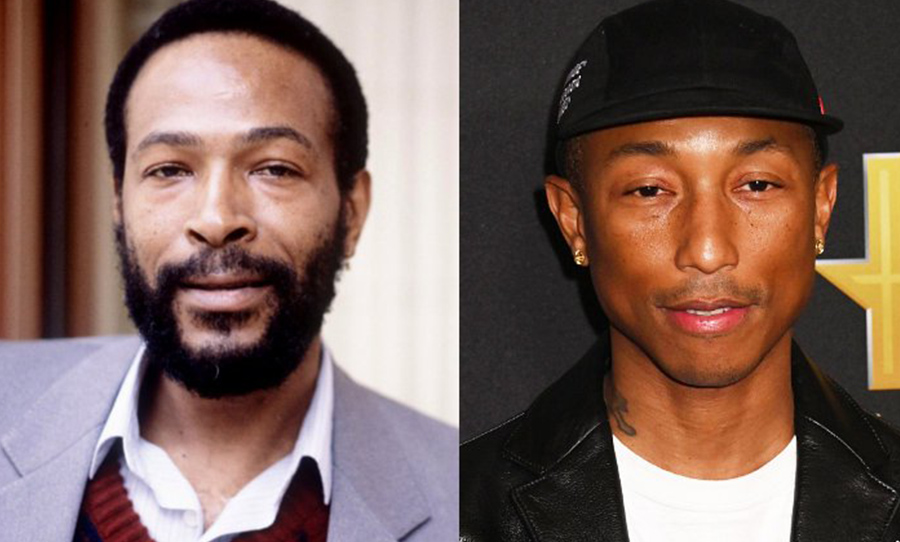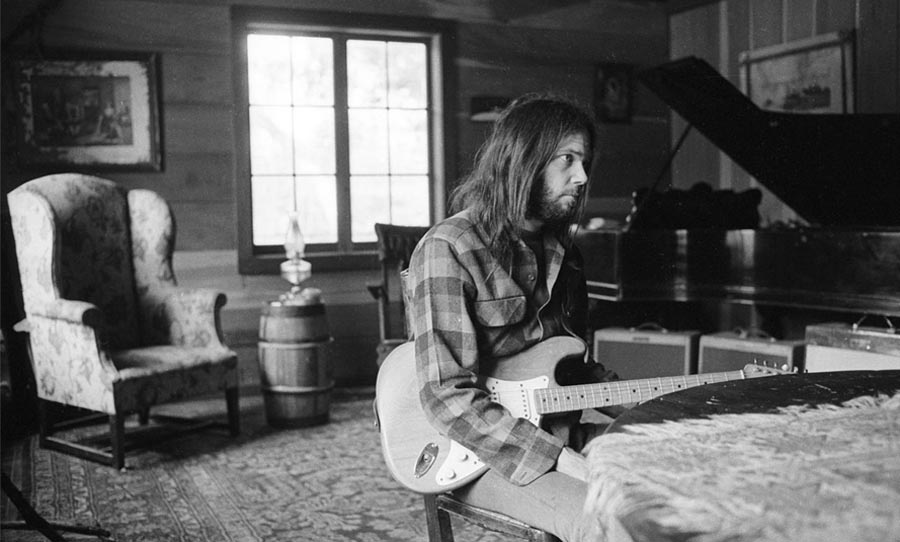With ‘Big Business’ involved in the Music Copyright system, suits can often look more like a hand of poker, than a legal dispute.
Over the past 8 years, there’s been consistent back and forth movement in one of the largest cases in copyright Law history — the action between the Estate of Marvin Gaye and the counsel for Pharrell Williams.
The many twists and turns in the case have been heavily reported on following each update — the latest of which came in on Feb 16, informing the public that Pharrell Williams will be cleared of any perjury allegations that the representatives of Marvin Gaye put forward.
And whilst this sort of leaves the case at a stand-still, the way in which it has progressed up until this point has given great insight into how the music copyright world works — and it’s something that ought to be recognised any time this case makes its way into the headlines again.

In case you’re not already caught up, the estate of Gaye believed that Pharrell Williams’ (problematic) 2013 hit Blurred Lines was blurring the lines between what could, and couldn’t be defined as IP theft — and the ensuing years-long court case, and subsequent victory from the Gaye estate, has left many confused about what copyright infringement even looks like. On top of this, it has even creatively stumped certain artists, thinking that the proceeds of their work can be disputed for having a similar ‘vibe’ to another song.
And as the confusing outcome of the Gaye vs Williams case is being slowly squabbled over in subsequent perjury accusations and countersuits, what we definitely can learn from it — and be reminded of every time a new article about it re-enters the news cycle — is the way that holes in the copyright law system leave space for corporate corruption and money-grubbing.
And we’re going to break that down today.
Now let’s pretend that you’re a band. Now let’s say that you guys make a song. Catchy tune, cool instrumentation, good vibe. Let’s say that this song is released on both streaming services and Bandcamp, and in the first year following its production, you do relatively well for a new, previously unestablished band and get streamed 20,000 times on various platforms, and purchased 120 times. If you charged 1 dollar for the song, depending on the streaming platforms you chose, you’d net around 250 bucks if you released it yourself.
Now, let’s hypothetically say that 5 years later, Fergie and her record label decide that it’s time for a comeback — dropping a new single to promote her new album. This single sells 100,000 copies, inspires listeners to buy 10,000 physical and digital copies of the adjunct album, and is streamed over 5,000,000 times. The numbers could be better for an artist of Fergie’s calibre, but it still would’ve smashed the sales your startup band made half a decade ago.
Now let’s say that Fergie’s new single uses the exact same instrumentation, chord progression, and vocal melody as your song — only changing the lyrics. She’s essentially stolen your material, used it to make her own music, and raked in the profits. Now in this example, shouldn’t that success be yours?
Fundamentally, yes. If it can be proven that she stole your material without your permission, then you should be able to claim some kind of reparation, as well as potentially access the royalties and profits from the song itself. And this is the situation that Copyright Law protects artists from getting stuck in.
But much like many other legal systems that get put in place, it is wide open for exploitation. In order for a copyright claim like that to be processed, it has to go to court. Court means lawyers, and lawyers mean fees.
Better lawyers are more expensive — and if you’ve made $250 on this one song 5 years ago, it wouldn’t be too far to guess that Fergie’s label, after having raked in close to a million dollars with their last album sale, as well as having the combined profits of all of the other artists signed to the label — that your chance of winning the claim is somewhat low.
After all, you have to prove without a shadow of a doubt that this new tune doesn’t just sound similar to your song, but copied it. And whilst you may be approached by the label to settle out of court, and may even win when the case reaches the jury, the potential to be bullied out of court prior to this, or even lose the case and have to pay out a huge sum, is still on the table — which may leave you bankrupt and destitute.
Not a very glamorous situation.
Thus music copyright, whilst still being of great use in certain contexts, is also an infinitely exploitable medium for those who have more cash to float around. And on top of this, the system leaves itself open to large conglomerates, looking to take money out of each other’s pockets in a boardroom dance that looks akin to a hand of poker.
Put simply, one party enters the negotiation willing to lose a certain amount of money (in lawyer fees) and makes a claim to take home the pot (in this case, what could be millions of dollars worth of sales and royalties).
If it seems like the case is indisputable, they might make the other party fold their case, meaning that the initial party wins the pot. However, if neither of them back down, and the issue reaches court, both cases are made and a jury discerns whose is more convincing.
And in some instances, the result can seem entirely unorthodox and random, as was the case with the aforementioned case between Gaye, and the Counsel for Pharrell Williams over 2013’s Blurred Lines.
In 2015, the estate of Marvin Gaye (who was himself 30 years deceased at the time) claimed that the “feeling” of the Pharell produced song was similar enough to that of the Gaye Classic Got To Give It Up. The similarities can be seen in the video above (provided by l’OBS), and whilst it’s relatively clear that neither song is too-much alike, the confusing part is that the Gaye estate actually won their court case.
They were able to prove to a jury that Pharrell’s intention when producing the song was to create something similar to the 1977 hit, and won $2.9 million in reparations from Williams, $1.76 million from Thicke, and 50% of all future royalties at the time of settling in 2015.
After the settlement, Pharrell sued back in an attempt to clarify that the copyright infringement wasn’t intentional — but the Gaye estate then took to the stand, claiming that the collaborators had in fact committed perjury after Pharrell stated on a podcast that he normally “reverse engineers the songs that do something to him emotionally“.
At the centre of this case, there are two songs. Songs that may have a certain feel, and possibly a potential overlap between, but two songs that were written by two different artists in two entirely separate contexts.
Marvin Gaye’s representatives saw this, sat down at the table with their big bag of chips, ante’d up, and subsequently took home the pot. And the success inspired similar suits, like when they sued Ed Sheeran’s Thinking Out Loud, in 2018, a case that is slowly making its way through the legal system.
And so whenever you see an article about this case, or hear either of these two songs, keep in mind the struggle that has gone on behind the scenes just because one song sounded like the other. Whether or not you believe its just, it’s something we’re going to have to keep in mind as we move into the ever monopolistic music industry — because if we don’t address the effects that Big Business has had in recent years, they might just eat up your first breakout single because it sounds too much like Fergalicious.



